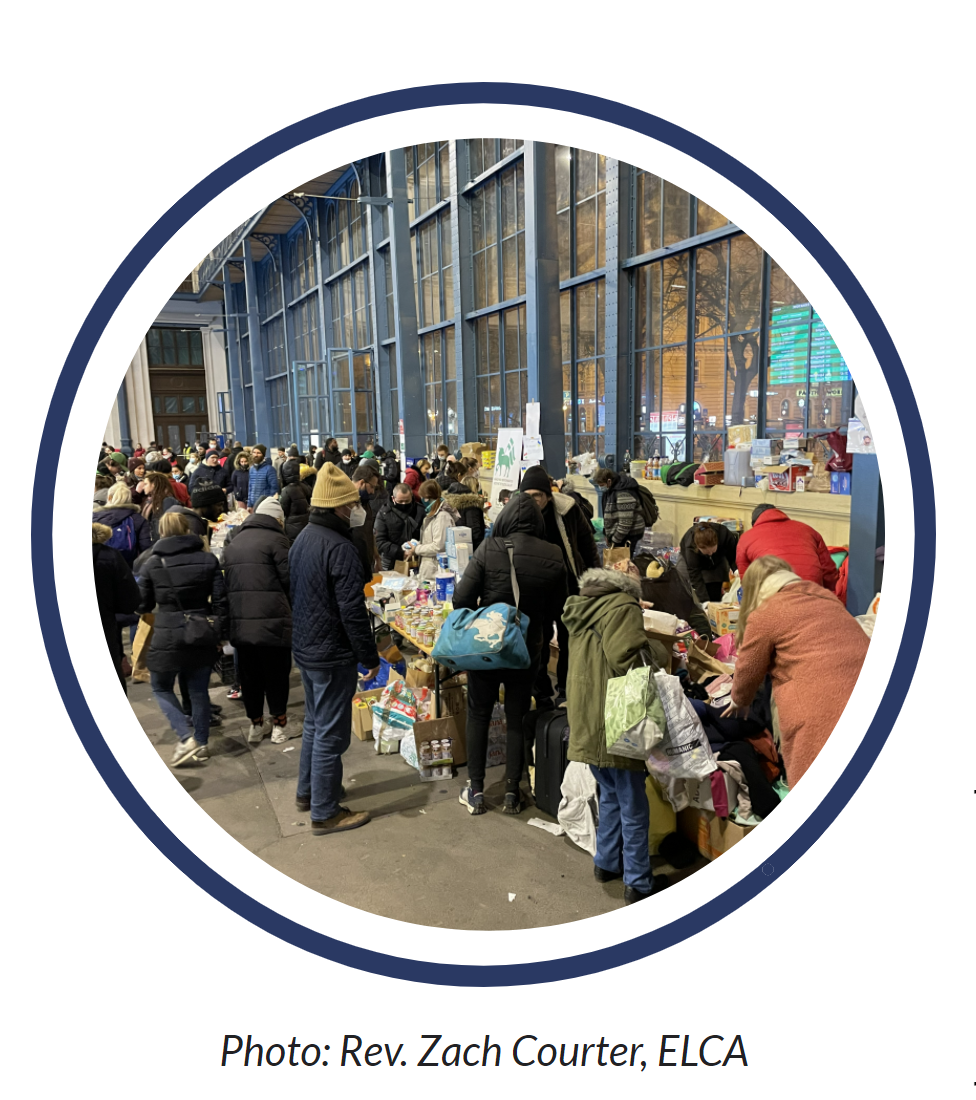As the Russian invasion of Ukraine continues, the immediate, deadly consequences are starkly visible in Western media – an as-yet uncounted number of dead soldiers and civilians, millions forced to flee from their homes and seek safety in other countries or regions, and the devastation of homes, hospitals and critical infrastructure. Less vivid but no less significant, are the long-term consequences the war will have for food security in Ukraine and around the globe.
While other causes of hunger, such as climate change, migration or economic poverty, may seem to receive more attention, the single biggest driver of food crises around the world is conflict. As António Guterres, Secretary-General of the United Nations, wrote in 2021, “Conflict and hunger are mutually reinforcing. We need to tackle hunger and conflict together to solve either.” As the World Food Programme (WFP) notes nearly every year in its annual Global Report on Food Crises, conflict often leads to food crises[1] (especially when it occurs at the same time as climate events or economic downturns) and food crises can exacerbate conflict.
Food security depends on the adequacy of four things: food production, food access, food utilization and stability. In simpler terms:
- Is enough food being produced or supplied?
- Is the food available to consumers in safe, reliable ways?
- Are people able to meet their nutritional needs with the food?
- Is access to food reliable, even during crises?
Over a series of posts, we’ll take a brief dive into each of these. Follow the links to read more:
- Conflict and Hunger Part II: Food Production
- Conflict and Hunger Part III: Food Access
- Conflict and Hunger Part IV: Food Utilization
- Conflict and Hunger Part V: Stability
Reading through each of these posts will give a picture of some of the ways violent conflict impacts hunger, as well as some of the long-term effects that may come from the war in Ukraine. Even as we pray for and take action to support neighbors in Ukraine, we need to remember that this conflict could have devastating and far-reaching consequences that may not go away the moment a ceasefire agreement is signed. Our globalized food system, while so efficient and effective when operating well, also leaves each of us vulnerable to destabilizing shocks around the world.
This is one of the reasons why the complementary responses of Lutheran Disaster Response and ELCA World Hunger through partners and companion churches are so important. Lutheran Disaster Response, working through companions in Eastern Europe, is helping to meet the most immediate needs created by the crisis, while also drawing on years of experience to plan long-term support for refugees, internally displaced persons, and other victims of the war.
Together with Lutheran Disaster Response, ELCA World Hunger accompanies communities around the world as they build resilience against these kinds of shocks. Supporting work in agriculture helps local farmers take steps to improve the productivity of their labors, which provides some security against interruptions in exports or rising prices. Working together with partners and companions in advocacy helps to ensure that social safety net programs are robust and effective in the event of a crisis. Support for healthcare workers, counselors, clinics and hospitals helps reduce vulnerability to disease and illness, care for neighbors dealing with trauma and build capacity to respond to future health crises. And by accompanying refugees and migrants around the world, we can be part of the work God is doing to foster the stability that’s needed to ensure long-term health and well-being wherever they are.
The ripple effects of the war in Ukraine could echo throughout the food system for a long time. But we find courage and hope in God who “calls us to hope, even when hope is shrouded by the pall of war” and who, even now, is at work in, among and through peacemakers, supporting neighbors in need and “striving for justice and peace in all the earth.”
For more information on Lutheran Disaster Response’s ongoing efforts to provide support in Eastern Europe, visit https://blogs.elca.org/disasterresponse/situation-report-eastern-europe-crisis/.
Ryan P. Cumming, Ph.D., is the program director of hunger education for ELCA World Hunger and the author of The African American Challenge to Just War Theory (Palgrave, 2013).
[1] A food crisis occurs when there is a sharp rise in hunger or malnutrition within a geographic region. The World Food Programme uses the Integrated Food Security Phase Classification and the Cadre Harmonise (IPC/CH) to describe levels of acute food insecurity. The classification phases range from Phase 1 (none or minimal) to Phase 5 (Catastrophe/Famine.) More information on the phases can be found in WFP’s Global Report on Food Crises. Phase 3 represents a “crisis,” during which immediate action is needed to protect livelihoods and prevent worsening hunger.



